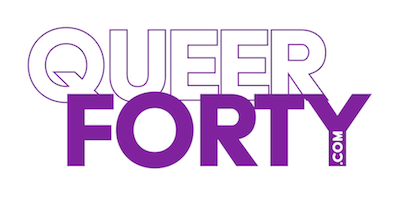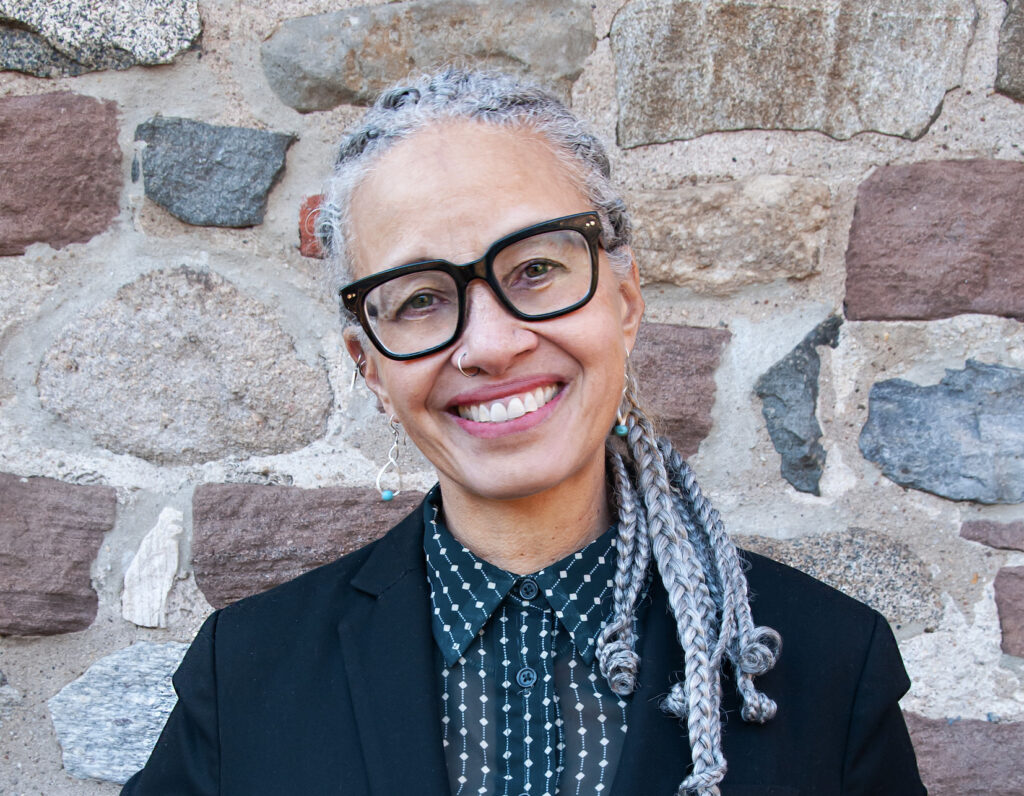Under her skin: An interview with Linda Villarosa
Veteran New York Times journalist, educator, Essence editor and activist Linda Villarosa sits down with Queer Forty.
Linda Villarosa says she always starts with a number. That number is what catches her up and compels her readers. Villarosa takes statistics and interrogates their meaning, putting faces and voices to those numbers.
In 2017 her New York Times magazine cover story “America’s Hidden HIV Epidemic: Why do America’s black gay and bisexual men have a higher HIV rate than any country in the world?” blew the lid off the shockingly high HIV rates among Black gay and bisexual men in the South and the health disparities that created those numbers. The article won an Excellence in Journalism Award from NLGJA: The Association of LGBTQ Journalists.
It’s a stunning and riveting story that reads like a thriller. So too does her 2018 piece in the magazine, “Why America’s Black Mothers and Babies Are in a Life-or-Death Crisis.”
The subtitle for that story—“the answer to the disparity in death rates has everything to do with the lived experience of being a black woman in America”—is the story Villarosa tells more broadly and in-depth in her new book, Under the Skin: The Hidden Toll of Racism on American Lives and on the Health of Our Nation.
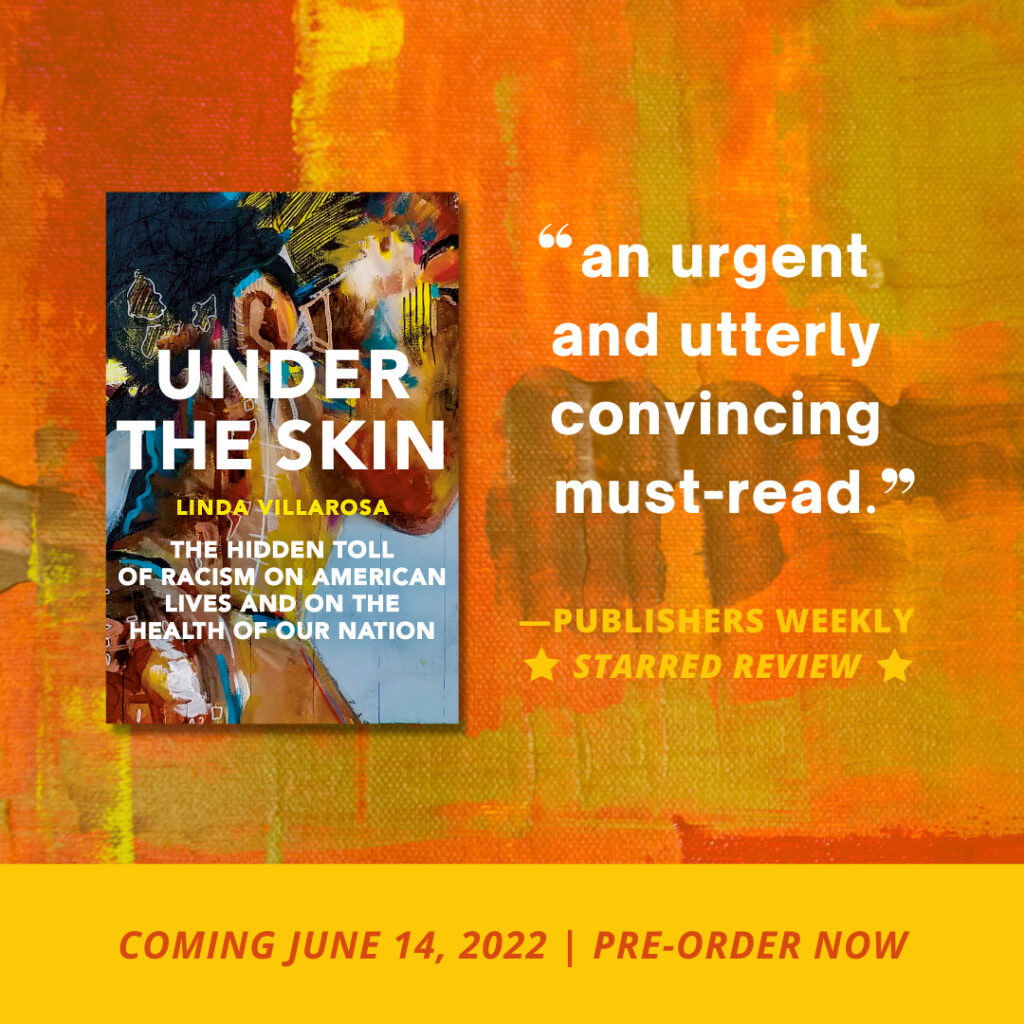
In an April 29 report on best books for spring, Oprah Daily says of Villarosa’s book, “The groundbreaking journalist and editor investigates why African Americans ‘live sicker and die quicker’ in this comprehensive look at the key factors driving persistent racial health disparities in everything from maternal mortality to mental health and medical education. Drawing on three decades of reporting, Villarosa balances scathing exposé with a cautious hope that we can re-engineer the healthcare system to make it more equitable.”
It’s a good bite of what Villarosa is doing in her book, but the meal of the book is much more dense and multilayered, as she explained. At the heart of every story she tells and at the core of her book is, she says, the unremediated fact that “fighting discrimination as a person of color makes you ill and then you end up in a healthcare system that is biased when we are also people of color.”
As Under the Skin explains, that immutable is true for every point in the life of a Black American—from when they are in utero and their Black mother is getting different care than her white peers, to being older and sicker than their white peers because racism wears your body down and predisposes you to more acute health crises.
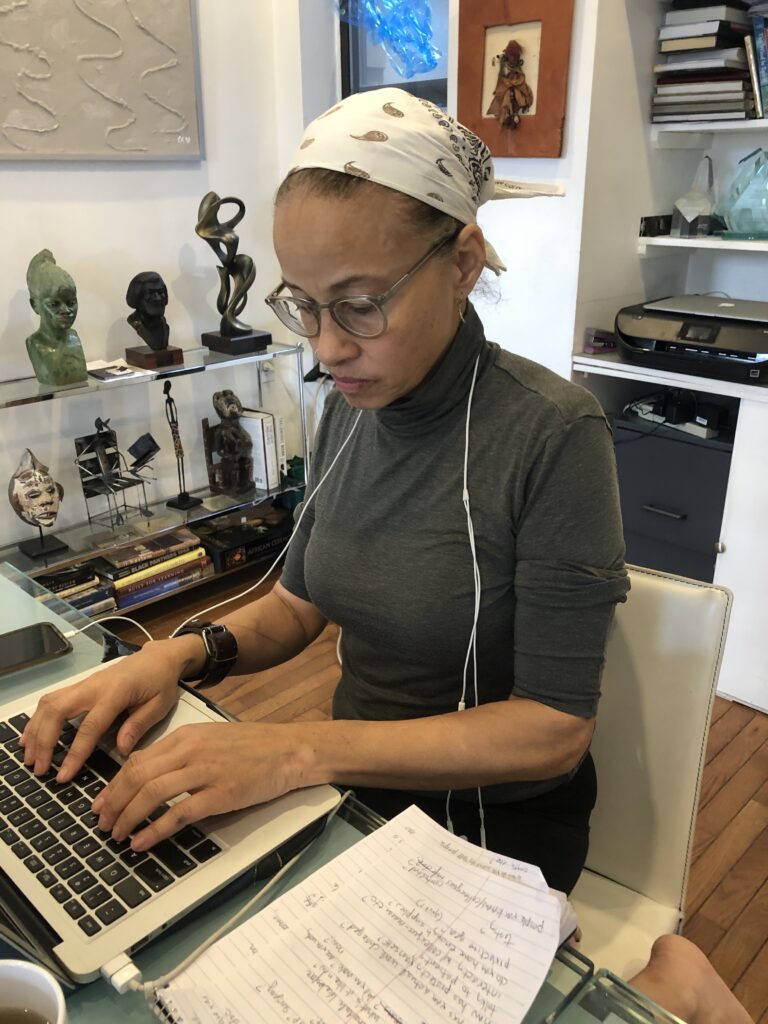
Villarosa explains that her retinue of stunning investigations and her new book all grew out of a chance connection. In 2016, while a journalism professor at CUNY, Villarosa was invited to a party of women journalists. There she met Jessica Lustig, the deputy editor at the New York Times magazine for investigations and politics.
“Jessica said to me, ‘If you ever want to pitch me a story….’ I mean, when does that happen?” Villarosa laughs. And did she ever have a story. “When I write stories, I start with a number. I wanted to know, why are Black gay and bi men still getting HIV/AIDS? Then I pitched this story.”
The story led Villarosa deep into the Deep South. She rented a car, she talked to people. Her first draft wasn’t a deep enough dive. She went back, trying to get to the heart of the complexities: “I had to find out who’s to blame for this. I had to go back in time and do reporting and digging. Who’s fault is this? This shouldn’t be a thing.”
Villarosa said, “I was really surprised it was a cover story.”
That Villarosa’s exposé landed on the cover is the least surprising aspect of it. The writing is riveting, the storytelling vivid and compelling. By the end, you’ve been on the dirt roads in Mississippi and you’ve learned that access is incalculably limited for Black people in a white healthcare system that has a fraught history with Black bodies that is centuries long. The reader begins to understand—and be enraged by—how cutting edge therapies that have become de rigueur in majority white cities in blue states are wildly different in Mississippi, America’s poorest state, where 40 percent of the population is Black.
Those racialized disparities are at the core of Villarosa’s investigation of Black maternal health. The open pages are maddening as she details the story of New Orleanian Simone Landrum’s third pregnancy and what went wrong. The headaches. The sickness. The doctor who just kept telling her to take more Tylenol, but never checked her blood pressure as pre-eclampsia was coursing through her system, ready to kill her and her baby.
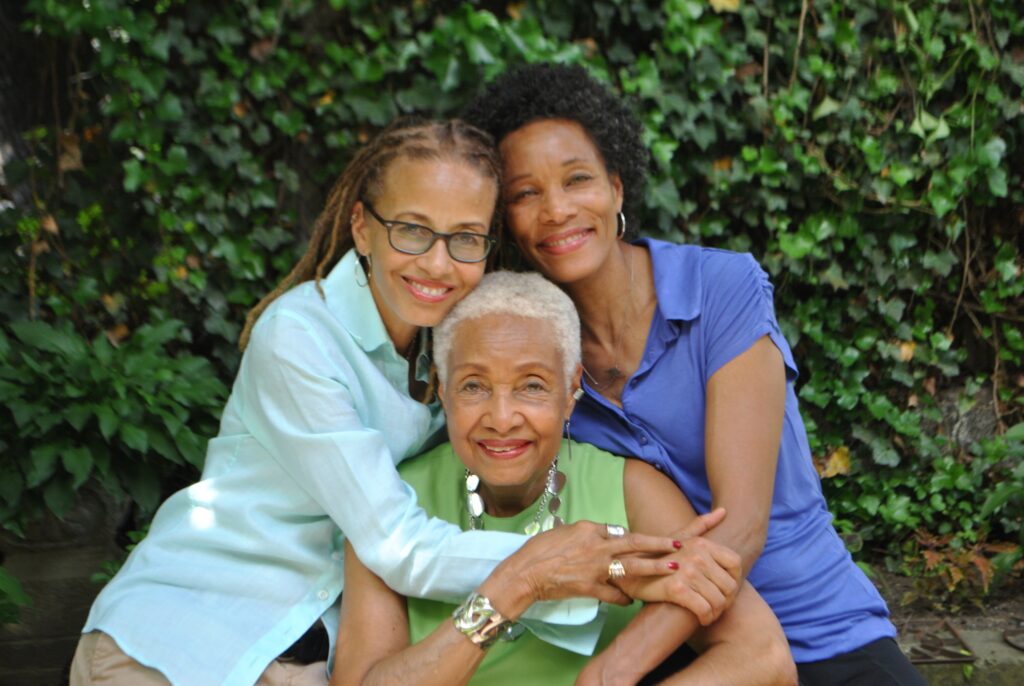
Villarosa, partnered for 22 years with real estate entrepreneur Jana Welch with whom she has “two fabulous children,” said that doing that story illumined for her that all Black women face these obstacles. She notes that even a superstar like Serena Williams had a maternal health crisis. She mentions a scene in Shonda Rhimes’ long-running medical drama Grey’s Anatomy, where a Black woman doctor and chief of staff, Miranda Bailey (Chandra Wilson) walks into an ER and tells them she is having a heart attack and they disbelieve her because her symptoms are different from white men’s symptoms.
“This is what happens to Black women. They are disbelieved and then they die,” she says.
The history of medical mistreatment of Black people and Black bodies is the backdrop for Villarosa’s contribution to The 1619 Project, the New York Times’s 2019 Pulitzer Prize-winning series about the origins of American slavery and its aftermath. The 1619 Project has enraged conservatives and been a flashpoint in the GOP outrage over Critical Race Theory. But the book, created and compiled by MacArthur fellow Nikole Hannah-Jones, is a true history of America and the facts of slavery and enslavement.
Villarosa’s story, “Myths about physical racial differences were used to justify slavery—and are still believed by doctors today” is a harrowing compendia of Nazi-like experimentation on Black men and women. The details are stomach-churning in their barbarism. As Villarosa explains in that piece and her new book, this legacy of believing Black bodies are different from white bodies persists into today’s treatment of Black patients. As she said several times “Our bodies look like the bodies of much older people. They have taken on so much since our bodies were enslaved and commodified.”
She also talked about how disparate treatment had impacted both the care of Black people during the pandemic and efforts to combat the virus in Black communities and communities of color. She noted that even the pulse oximeter, a key measuring tool to determine the level of oxygen saturation, reads Black skin differently than white skin, over-estimating the percentage and thus leading to worse outcomes for Black patients.
Other differences have also impacted Black people throughout the pandemic, Villarosa said. “Black people as well as other people of color are just more likely to be frontline workers or to be unable to take off work or to live in crowded housing situations. We were saying this early on in the pandemic, that this put Black and other people of color at higher risk, but it was impossible to get people to listen, then,” she says.
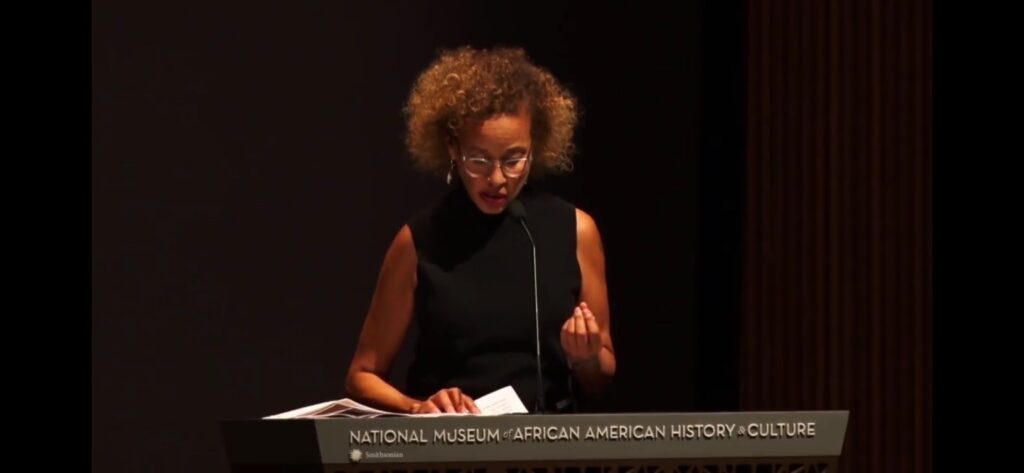
In her new book, Villarosa delves ever more deeply, using the stories she had left over from the many magazine pieces, because now “I’m a public health writer in the middle of a pandemic.”
What hits like a gut punch as Villarosa talks so avidly and shares not just the stories she’s collected, but the data—the overwhelming and crushing data—is that Black Americans are living in a different country than white Americans with regard to healthcare. They are victims of what Villarosa calls “weathering,” a term coined by Dr. Arline T. Geronimus in a scholarly abstract in 2006 in the American Journal of Public Health in which she compared the impact of various health issues on Black versus white people.
“We blame people for their own health outcomes,” says Villarosa, instead of sourcing the reasons why people get sick. She explains that we blame poor people for being poor and we blame sick people for being sick, never interrogating how they got sick. She says that environmental racism—to which she devotes a chapter, “Where you live matters,” in her book—contributes to more illness among Black children, that poverty contributes to poor diets that can result in diabetes, that stress—the daily stress—of racism itself makes Black Americans sick. Think how your blood pressure soars when you are treated badly and compound that daily with the micro- and macro-aggressions of racism. Add another layer for being Black and female. Add another layer for being Black and queer or Black and trans. Add in all the details in Villarosa’s chapter “Unequal treatment” and it’s unsurprising that, as she says, “Black people live sicker and die quicker, compared to their white counterparts.”
Villarosa says we are at a healthcare crossroads, due in part to the pandemic and in part to rising awareness of how women, Black and brown people, LGBTQ people and poor people have been treated by the healthcare system. She said the protests over police violence against Black people after the murder of George Floyd heightened awareness for many white people of the extent of racialized violence against people of color. That violence, she says, is a public health threat and crisis in and of itself. But she adds of Floyd’s horrific murder, “It’s sad that it took that video and that moment” to raise the national consciousness.
Still, there is a glimmer of hope in the healthcare system, Villarosa contends. “One thing that is already happening is new generation of healthcare workers who want to change that implicit bias. There are people saying ‘I want to understand and change this,’ people who saw the killings of George Floyd and Breonna Taylor and decided to educate each other.” She adds, “I saw that when doing my book.”
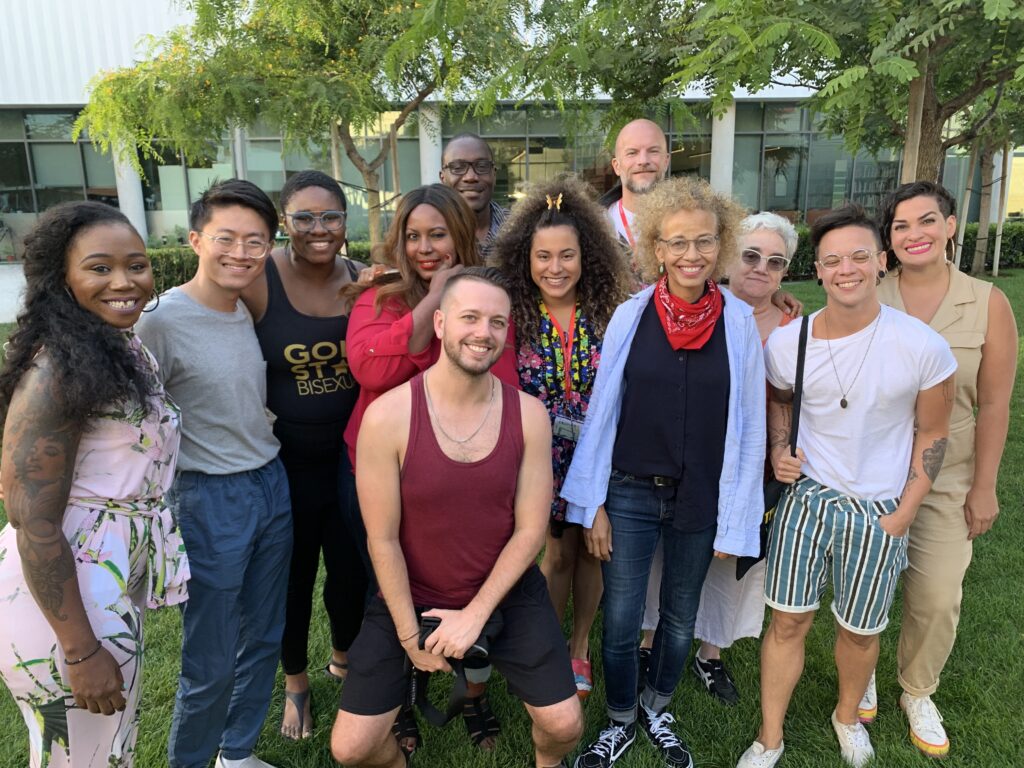
That “our system has to change,” is essential, says Villarosa. “There is so much that has to change from that baked in discrimination to changing the thinking that the reason that people think that people aren’t healthy is because they are Black or poor.”
Villarosa says we have to take personal actions to save ourselves—as women, as people of color, as LGBTQ people. She said, “As we wait for universal healthcare to happen, if you have a friend who needs medical care, go with them [to the doctor or hospital]. You have to have people who care about you with you at all times now, to advocate for you.”
And, she implies, to protect you from maltreatment or lack of treatment.She adds, “I don’t like to put the responsibility on individuals, but it’s how it is.”
She says as “we wait for this country” to catch up to its racist past and its misogynist, homophobic and transphobic present, “This is America’s problem. We have to take care of each other.”
Get Under the Skin here.
